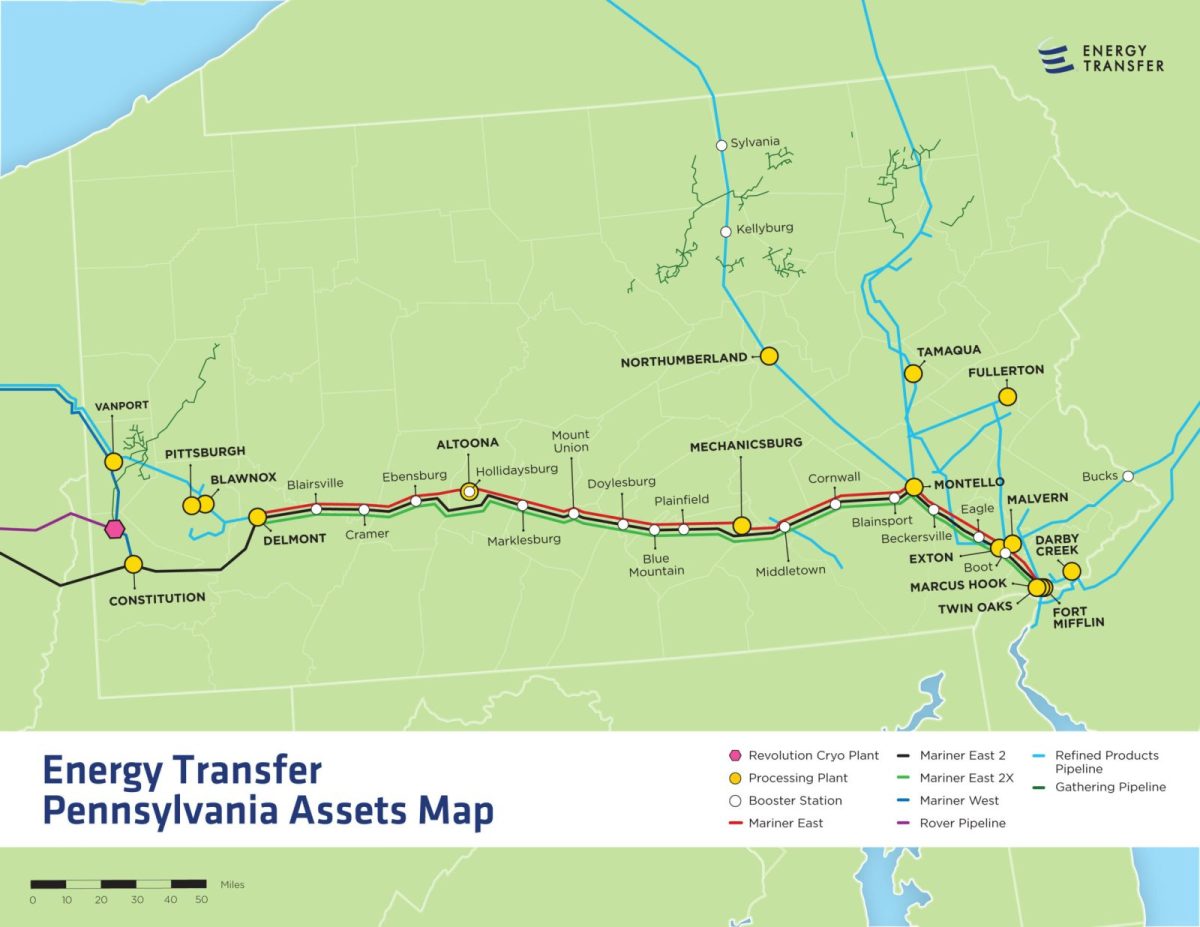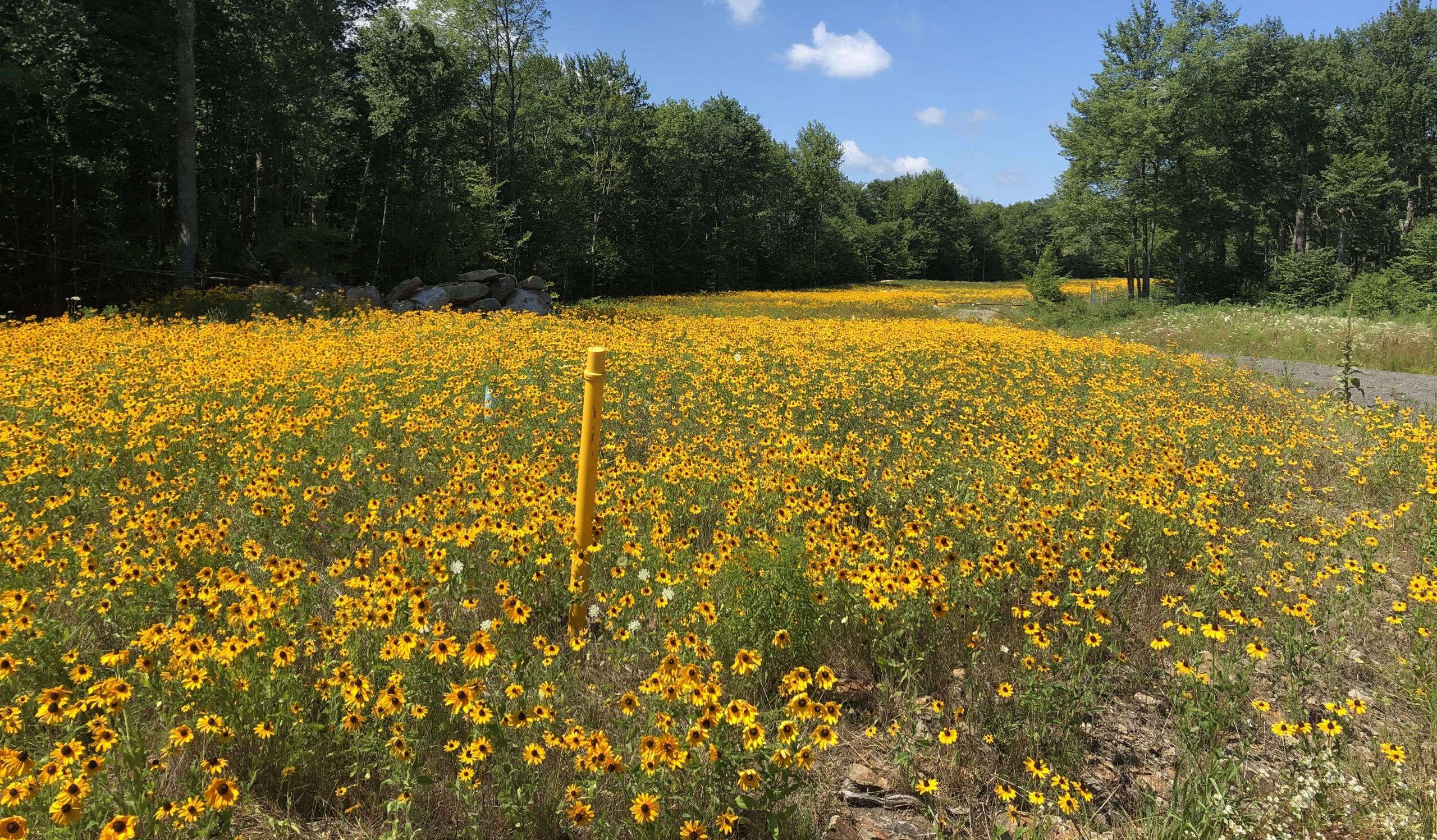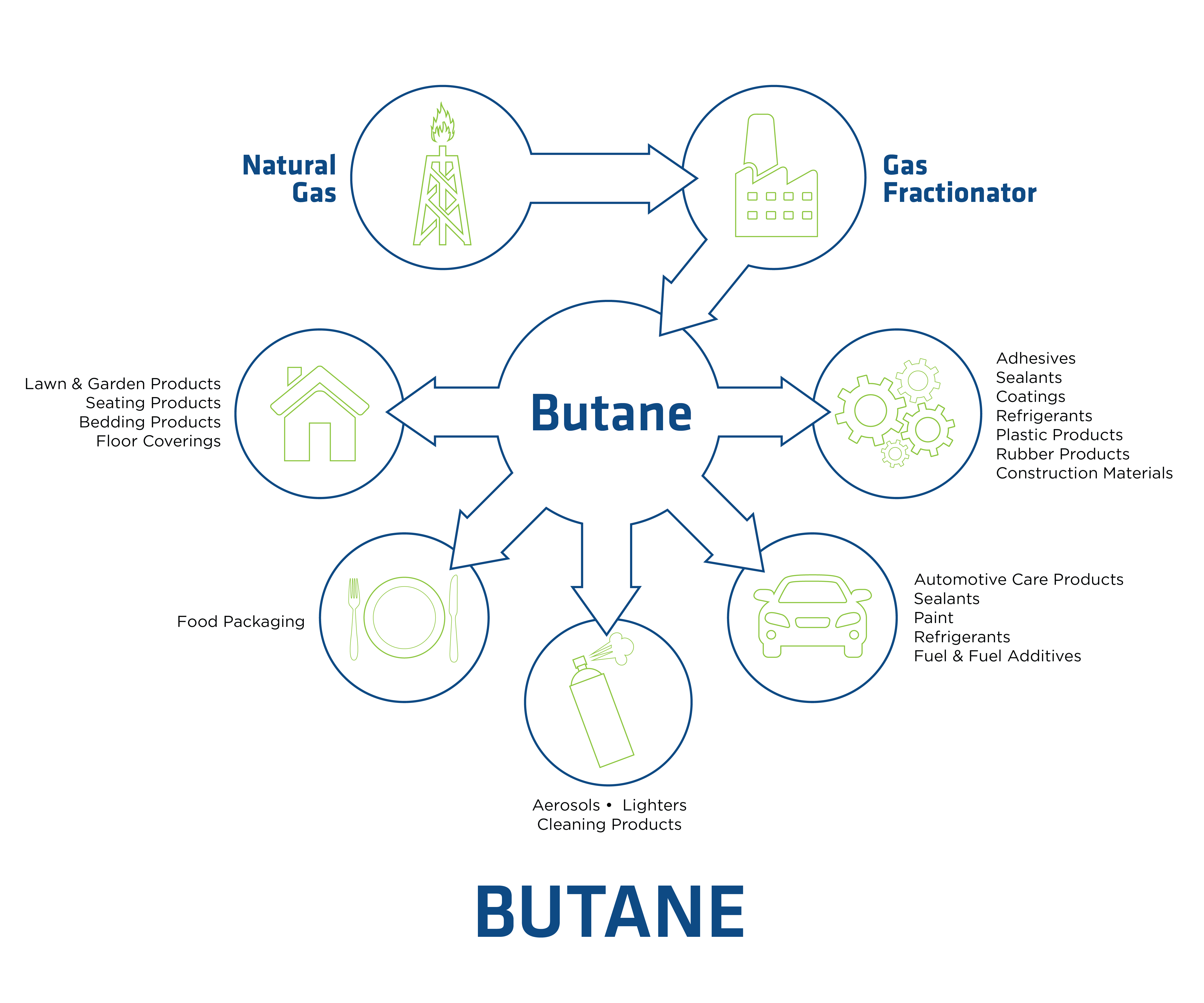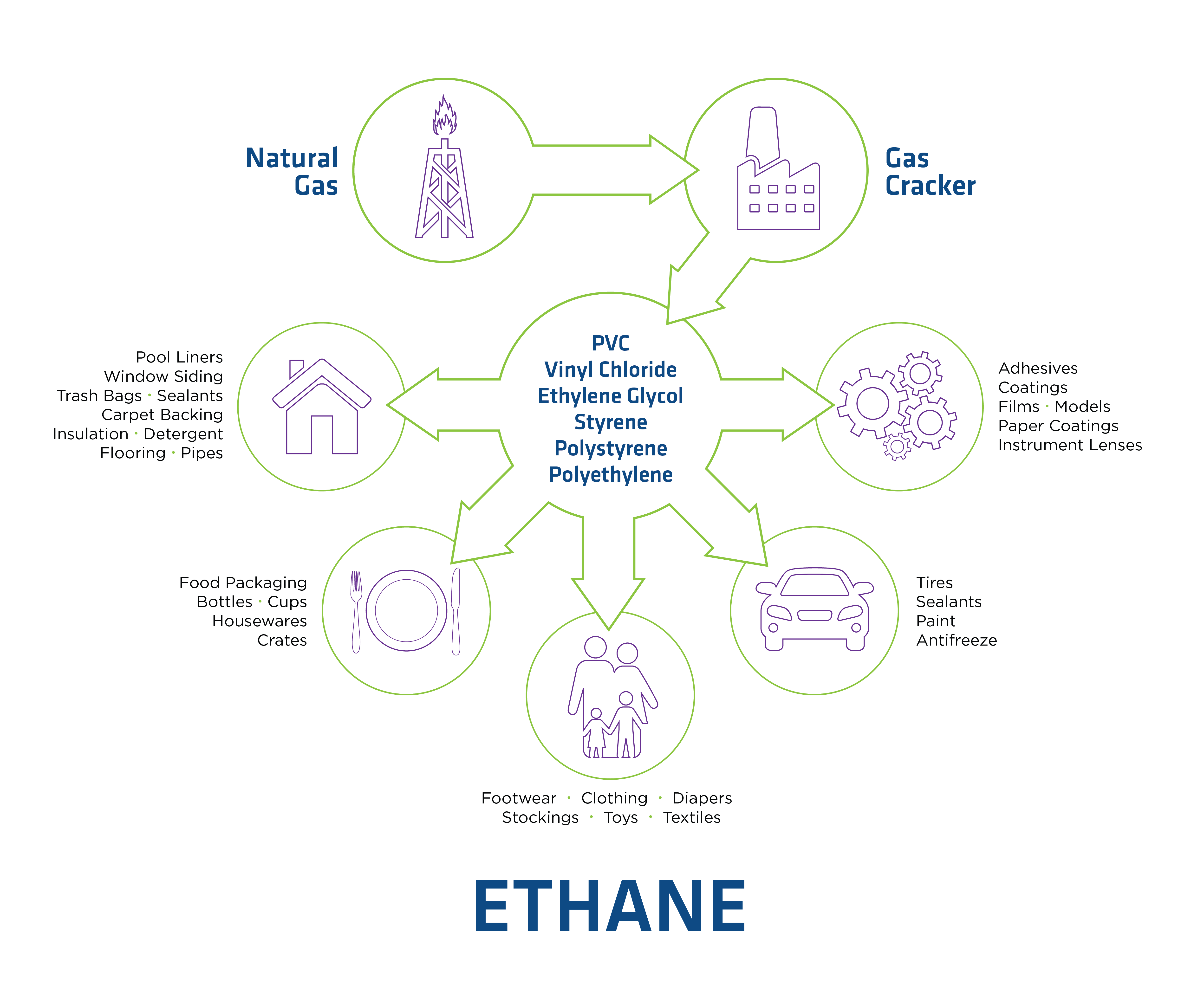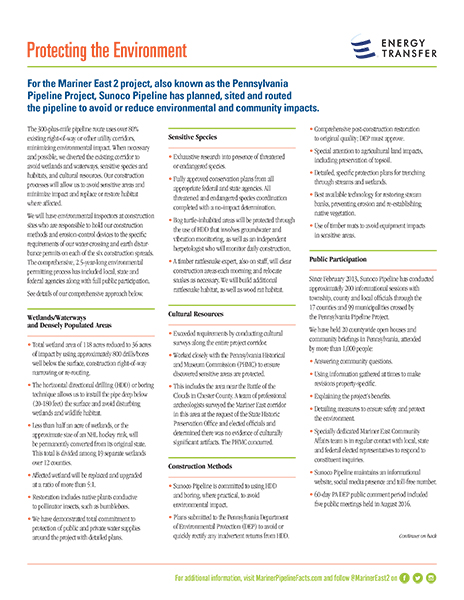Energy Transfer in Pennsylvania
AboutEnergy Transfer and Sunoco currently operate approximately 3,000 miles of pipelines in Pennsylvania, as well as various other types of energy infrastructure and assets.
The Mariner East pipeline system transports natural gas liquids (NGLs) across the state from the Marcellus and Utica shale fields in southwest Pennsylvania, eastern Ohio and West Virginia to the Marcus Hook Terminal in southeast Pennsylvania.
Mariner West transports ethane from Houston, Pa., to markets in the Midwest and Canada.
The Allegheny Access pipeline, originating in Ohio, delivers refined products such as gasoline and diesel fuel from refineries in the Midwest to Pittsburgh. We recently expanded distribution through our Pennsylvania Access initiative. Once in Pennsylvania, we utilize part of the existing Mariner East pipeline system to distribute the products throughout Pennsylvania and the Northeast markets. The pipeline expands access to markets in central Pennsylvania, as far east as the Lehigh Valley.
Energy Transfer is also continually focused on the build-out of our system of gathering pipelines in northeast PA, which connect well pads to existing pipelines and ultimately help transport natural gas from production fields to consumers.
Mariner East Pipeline System
The Mariner East pipeline system includes multiple pipelines across Pennsylvania connecting the prolific Marcellus/Utica Basins in the west to markets throughout the state and the broader region.
Restoration
Energy Transfer is committed to ensuring the long-term integrity of the region’s environment, and part of that commitment is to restore the land to as-is or better than it was before. We incorporated protection of sensitive resources throughout the planning and construction of the Mariner East pipeline system. During the initial conception of the project, we selected a route that avoided or minimized the crossing of sensitive environmental resources.
We worked closely with landowners and regulators to restore the right of way to its original state or better. This includes initial maintenance and repair work, as well as follow-up inspections of agricultural lands. Restoration plans and procedures are approved by the Pennsylvania Department of Environmental Protection (DEP) when issuing required permits.
As part of our pipeline restoration, fences were replaced, vegetation was reseeded and any property impacted during construction was repaired. Inspectors were on site to ensure appropriate steps are taken to meet all of the strict conditions of our DEP permits.
Following restoration, it is hard to tell that a pipeline is underground except for the visible yellow pipeline markers. Check out our gallery of restoration along the Mariner East right of way below.
End Markets
The Mariner East system connects along its route to a power plant in Cambria County for ethane feed, as well as several propane and butane distribution terminals. The system is also playing a major role in repurposing the Marcus Hook Terminal as the premier hub in the northeastern United States for distribution of natural gas liquids to domestic and global markets.
Propane, butane and ethane are products of natural gas development. They are gasses that come out of the ground with traditional natural gas (methane) and are shipped in liquid form; that’s why they are called natural gas liquids. Propane is used to heat homes, businesses and farms; ethane can be used as a fuel for power generation; and butane is a component of gasoline. All three are also used as basic feedstocks for making plastics, coatings, clothing, and a host of other products we use every day.
The Natural Gas Chain
Fact Sheets
Additionally, a variety of fact sheets on the Mariner East system are available to download below:

